NEW Hansen Pole Buildings’ Ceiling Joists
Because Hansen Pole Buildings provides true double trusses to eliminate possibilities of a single truss failing due to loads beyond design (read more about double trusses here: https://www.hansenpolebuildings.com/2018/09/true-double-trusses/), for ceiling applications, joists must be placed between roof truss bottom chords.
For those of you who question reliability of widely spaced double trusses, please see: https://www.hansenpolebuildings.com/2011/06/pole-barn-truss-spacing/
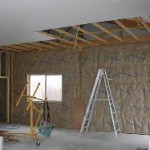 When buildings have no endwall overhangs, all roof trusses are placed with bottom chords at same height. Ceiling joists can be placed with bottom of joists and bottom of trusses at same height and connected with joist hangers.
When buildings have no endwall overhangs, all roof trusses are placed with bottom chords at same height. Ceiling joists can be placed with bottom of joists and bottom of trusses at same height and connected with joist hangers.
However when end overhangs are present those roof purlins in end bays cantilever over truss on each end. While this makes for very sturdy overhangs, it does present a potential challenge – as top of end trusses are now lower than tops of interior double trusses by thickness of roof purlins.
Not an issue, until ceiling joists are present (or may be installed at a future date). Hansen Pole Buildings has solved this, by increasing heel (end of truss) height of interior double trusses to compensate for purlin thickness over ends. In a nutshell – these are raised heel trusses.
For an overview of raised heel trusses: https://www.hansenpolebuildings.com/2012/07/raised-heel-trusses/.
We have even made it easy to quickly identify lumber to be used as ceiling joists – one end will arrive spray painted BLUE. If you (or your erector) need to trim a board, please trim unpainted end, as this makes it easy for you (if you hired a builder) or an inspector, to quickly identify wood as being properly utilized!
Call 1.866.200.9657 TODAY to participate in “The Ultimate Post-Frame Building Experience”.
And, don’t forget to watch for our next article!
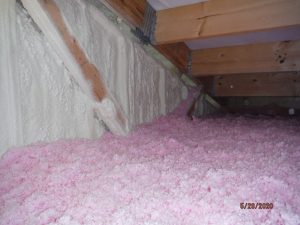 Robertson County is in Climate Zone 4A, where 2021 International Energy Conservation Code (IECC) requires R60 in roofs and R30 in walls. You can meet wall requirements with 7-1/4″ Rockwool (
Robertson County is in Climate Zone 4A, where 2021 International Energy Conservation Code (IECC) requires R60 in roofs and R30 in walls. You can meet wall requirements with 7-1/4″ Rockwool (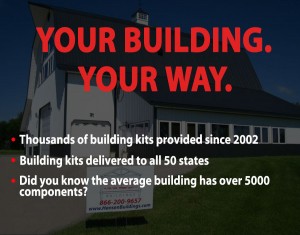 With only 1200 square feet of living space, you should be able to easily exceed the state mandated required number of energy efficiency credits. We are currently changing our standard windows to U-29, meeting Washington’s standards. Lesser U values are available, however added expense may well not ever be recouped by energy savings. I would recommend two inches of closed cell spray foam on your walls, then BIBs or similar to fill the balance of wall cavity. R-49 attic insulation is mandated by Code, however your added investment to go to R-60 would be minimal. With either we would recommend raised heel trusses.
With only 1200 square feet of living space, you should be able to easily exceed the state mandated required number of energy efficiency credits. We are currently changing our standard windows to U-29, meeting Washington’s standards. Lesser U values are available, however added expense may well not ever be recouped by energy savings. I would recommend two inches of closed cell spray foam on your walls, then BIBs or similar to fill the balance of wall cavity. R-49 attic insulation is mandated by Code, however your added investment to go to R-60 would be minimal. With either we would recommend raised heel trusses.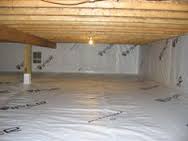
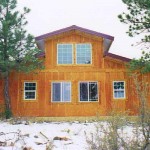 If I went to slab on grade, I would recommend a minimum R-60 for ceiling, taking a 22 inch deep raised heel truss to allow for adequate depths of blown in insulation. (Read more about raised heel trusses here:
If I went to slab on grade, I would recommend a minimum R-60 for ceiling, taking a 22 inch deep raised heel truss to allow for adequate depths of blown in insulation. (Read more about raised heel trusses here: 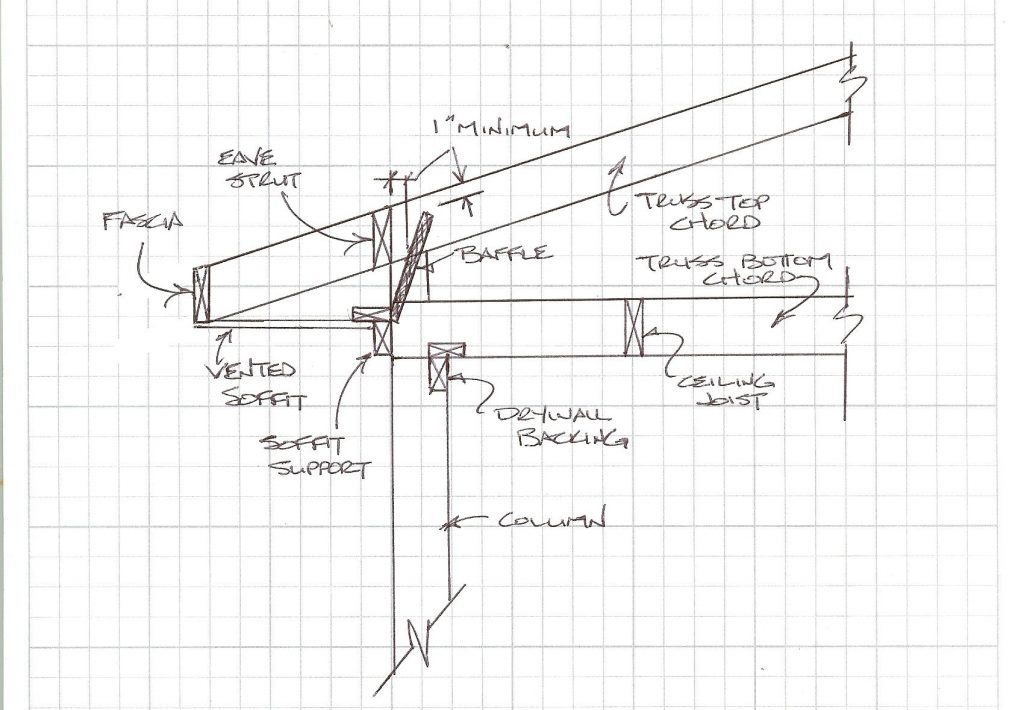
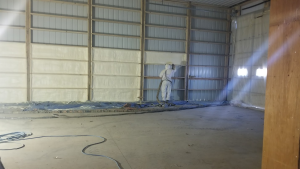 Once a ceiling has been installed, blow in attic insulation.
Once a ceiling has been installed, blow in attic insulation.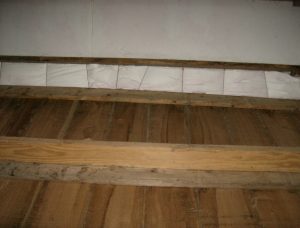 Once you have drywalled the ceiling, you can blow in insulation to a depth appropriate for your area – a minimum of 15 inches thick, with 20 being even better. Chances are poor of your building having raised truss heels to allow for full insulation thickness as you approach the sidewalls. In this case, have closed cell spray foam insulation placed in the area closest to the walls, making sure to not impede the airflow from eave to ridge.
Once you have drywalled the ceiling, you can blow in insulation to a depth appropriate for your area – a minimum of 15 inches thick, with 20 being even better. Chances are poor of your building having raised truss heels to allow for full insulation thickness as you approach the sidewalls. In this case, have closed cell spray foam insulation placed in the area closest to the walls, making sure to not impede the airflow from eave to ridge.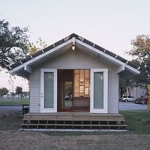
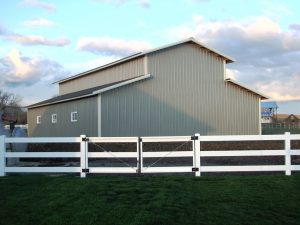 One of the more popular ones is clients who want a 16 foot tall eave height and a loft (either a full or partial second floor).
One of the more popular ones is clients who want a 16 foot tall eave height and a loft (either a full or partial second floor).





